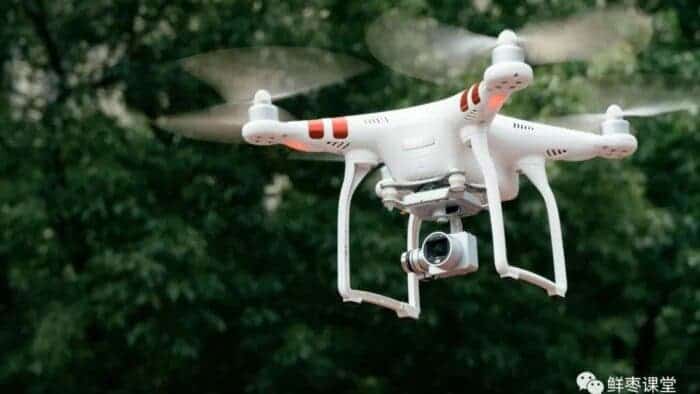While there are many users who already know what a drone is and how it works, we can not assume that everybody knows what a drone is and how it works. For this reason, it is very important to give a basic introduction to drones. If you already know what a drone is, then you can skip the basic introduction. With its cool appearance and practical functions, drones have developed rapidly in recent years and have been welcomed by people. In fact, after entering the 5G era, drone technology will have another leapfrog development. With the support of 5G, the performance and application scenarios of drones will also be greatly upgraded. Today, we will talk about the changes that 5G will bring to drones and what makes them so special.
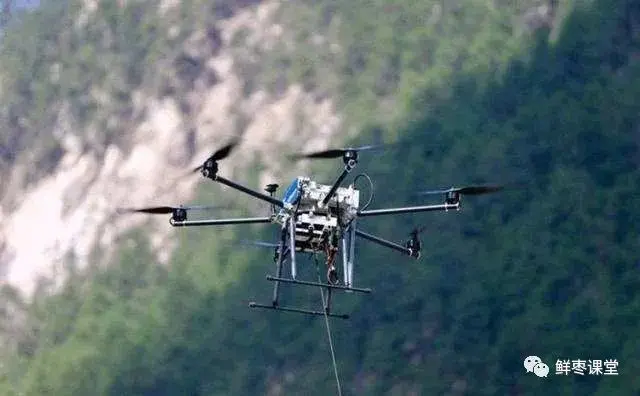
Regular drone
Before we take a look at the 5G drones, let’s first start with the regular or traditional drones. An unmanned Aerial Vehicle (UAV) is an aircraft that uses wireless remote control or program control to perform specific aviation tasks. The biggest difference between it and an aircraft is, of course, whether there are people on board the aircraft. UAVs have different types and can be divided into fixed-wing UAVs, rotary-wing UAVs, flapping-wing UAVs, umbrella-wing UAVs, and unmanned airships. The most popular of these is the rotary-wing UAV which most of us simply know as a drone. This type of drone is currently widely used in various social fields, such as drone spreading pesticides, drone logistics, drone shooting movies, drone light shows, and so on.
Remote control
For these drones, the data transmission between the remote control and the drone is via Wi-Fi or Bluetooth. As we all know, the communication range of Wi-Fi or Bluetooth is very limited. Taking Wi-Fi as an example, usually, it can only be controlled within the line-of-sight range of 300-500 meters. However, under certain conditions, it can reach more than 1 kilometre. Bluetooth is usually less. Therefore, this largely restricts the flight range of UAVs.
As a drone pilot, you can not fly the drone too far because there may be an interruption in the communication. This may cause the drone to get lost. As a result, engineers came up with a brand-new communication method for drones, that is the networked drones.
Networked drones are actually using cellular communication networks to connect and control drones. In simpler terms, it is to use base stations to network drones. Compared with Wi-Fi, cellular base stations have a wider coverage area. This makes the communication of drones more flexible and reliable.
Image quality
However, the communication between the UAV and the ground is mainly for three purposes: image transmission, data transmission and remote control. Image transmission has the highest requirements on the communication capabilities of UAVs.
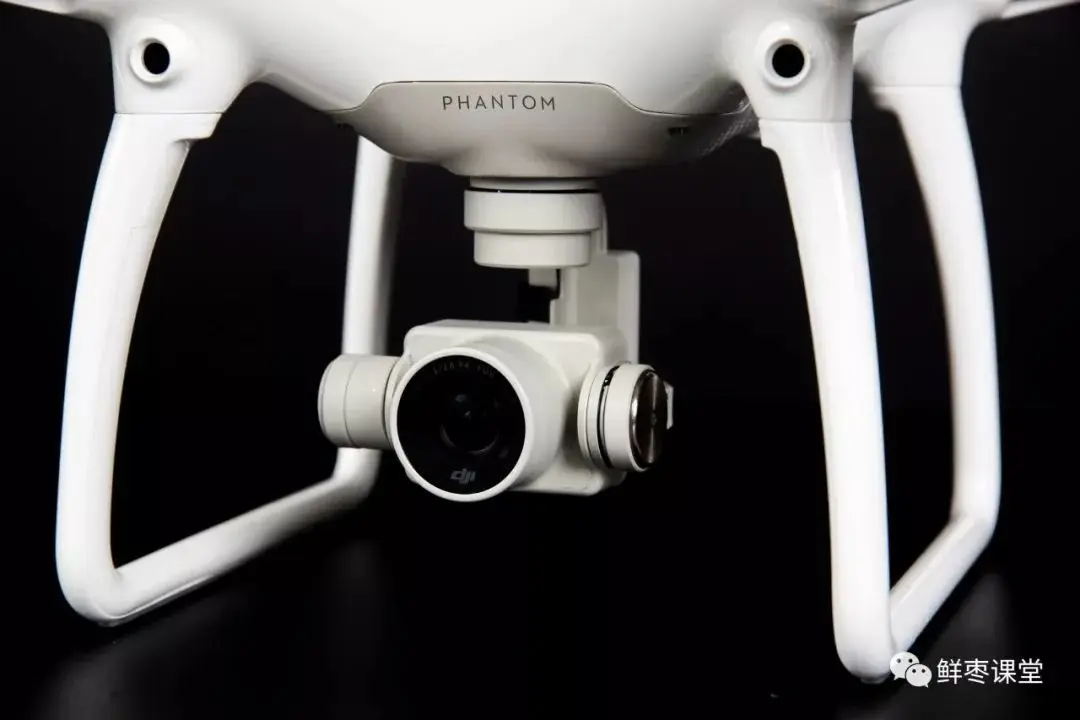
If we use Wi-Fi point-to-point communication, the communication distance generally does not exceed 500 meters. For this reason, the image transmission capability can reach 1080p (resolution 1920×1080, which belongs to ultra-clear), about 30 frames per second. However, if you use networked drones with 4G LTE cellular communication technology and there is a base station, the image transmission is not limited by distance. However, the capability is mainly around 720p (resolution 1280×720). If you capture an aerial image (long distance) with a resolution of 720p or 1080p, the output will not be clear because of the long distance.
Positioning Accuracy
In terms of positioning, the positioning accuracy of the existing 4G network (4G refers to the 4th Generation mobile network) in the airspace is about tens of meters. In terms of airspace coverage, 4G networks can only cover applications within 120 meters of airspace. Above 120 meters, drones are prone to lose contact. All in all, the current 4G network and Wi-Fi network drones have too many application scenarios and the user audience is too small. This makes it difficult to popularize in the user market and restricts its long-term development and value play.
5G drone
Because of the inadequacy of 4G and Wi-Fi, we need a more powerful cellular communication technology, which is 5G. What exactly will 5G bring to drones? Let’s look at them one by one.
Image quality
First of all, let’s look at the image quality that we can capture from drones. The theoretical bandwidth of 5G can reach more than 20Gbps. In theory, 5G network speed is more than ten times that of 4G. With the support of this rate, 720p and 1080p, even 4K or even 8K ultra-high-definition video can be perfectly supported.
Compared with the static, low-latitude perspective of cameras on the ground, drones paired with 5G will achieve a dynamic, high-latitude ultra-high-definition wide-angle overlooking effect. Also, with the support of 5G, drones will be able to hoist a 360° panoramic camera for multi-dimensional shooting. Drone pilots on the ground can freely watch in all directions and from multiple angles through VR glasses. In other words, the UAV has truly become an “eye in the sky”, which is very clear and unobstructed.
Here is how 5G will bring improvement to image quality
5G technology is expected to bring significant improvements to drone image quality in several ways, as described by the following points:
- Low latency and reliability: 5G edge technology enables low latency and high reliability, which means that drone operators can receive real-time high-quality images and videos with minimal delay.
- Real-time high-def streaming: 5G allows drones to transmit HD footage 100 times faster than 4G, providing pilots with high-quality imaging in real time. This improvement in real-time imaging quality could be useful for a number of commercial use cases.
- Enhanced AR features: 5G technology can enable drones to use augmented reality (AR) features, such as overlaying digital information on top of real-world images, which can help drone operators to better understand the environment and make more informed decisions.
- Better real-time streaming: 5G technology can ensure better real-time streaming of drone footage, which can be useful for live broadcasting, surveillance, and other applications.
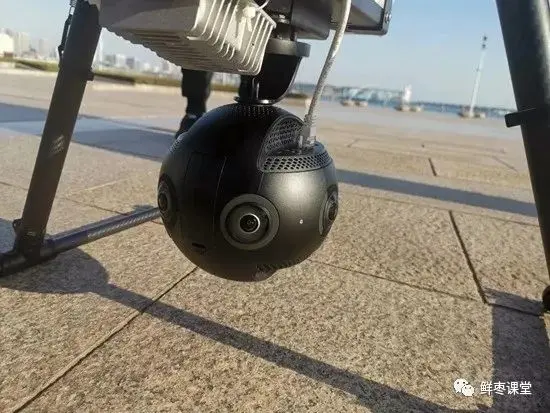
Bandwidth
The 5G network also has the capacity for ultra-low latency. This can provide millisecond-level transmission latency (less than 20ms, or even 1ms and 4G is more than 50ms). This will allow the drone to respond more quickly to commands from the ground. It will also allow drone pilots on the ground to control the drone with greater precision.
Positioning accuracy
5G can also provide centimetre-level positioning accuracy, far exceeding the ten-meter level of 4G and the meter level of GPS. In this way, it can fully meet the flight needs of complex terrain environments such as urban areas. 5G uses a Massive MIMO large-scale antenna array and beamforming technology. This can flexibly and automatically adjust the phase of each antenna’s transmitted signal. It can do this not just in the horizontal direction but also in the vertical direction.
Compared with 4G or Wi-Fi, 5G also has obvious advantages in terms of flight data security of drones. The data transmission process of 5G is more secure and reliable. Also, the wireless channel is not easy to interfere with or invade.
In addition to solving the problem of communication capabilities between UAVs and base stations, 5G has made great upgrades to the UAV system support platform. In regular Wi-Fi point-to-point communication, the ground part only has a remote control and a mobile phone. Thus, it has a very limited usage scenario. However, with 5G, the number of drones that can be connected to the 5G network is almost unlimited.
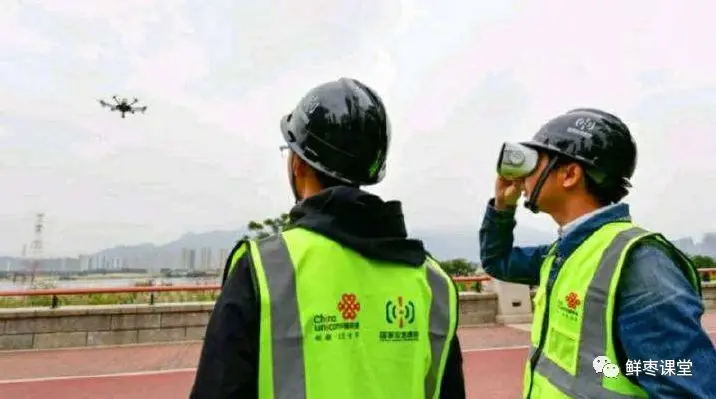
Final words
According to the forecast of professional organizations, in 2020, the number of consumer drones in the world will reach 16 million units, and the output value of the entire drone industry will reach 127.3 billion US dollars. If 5G gets off to a good start, it will no doubt boost those numbers even further. The cross-border integration between 5G and drones is actually an innovation in the digital transformation of the entire industry. It may bring us more inspiration to use 5G in other fields such as the Industrial Internet of Things.

